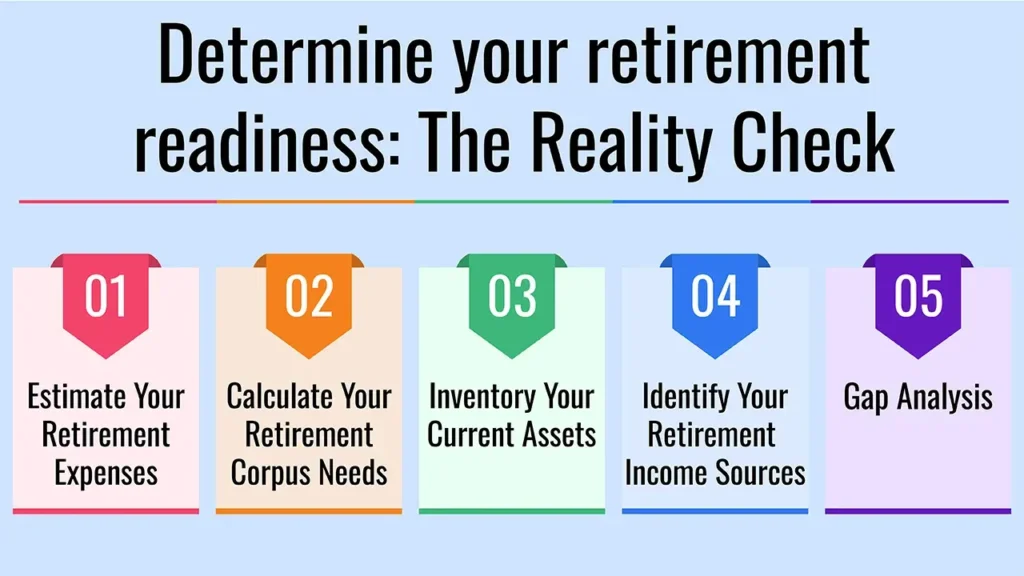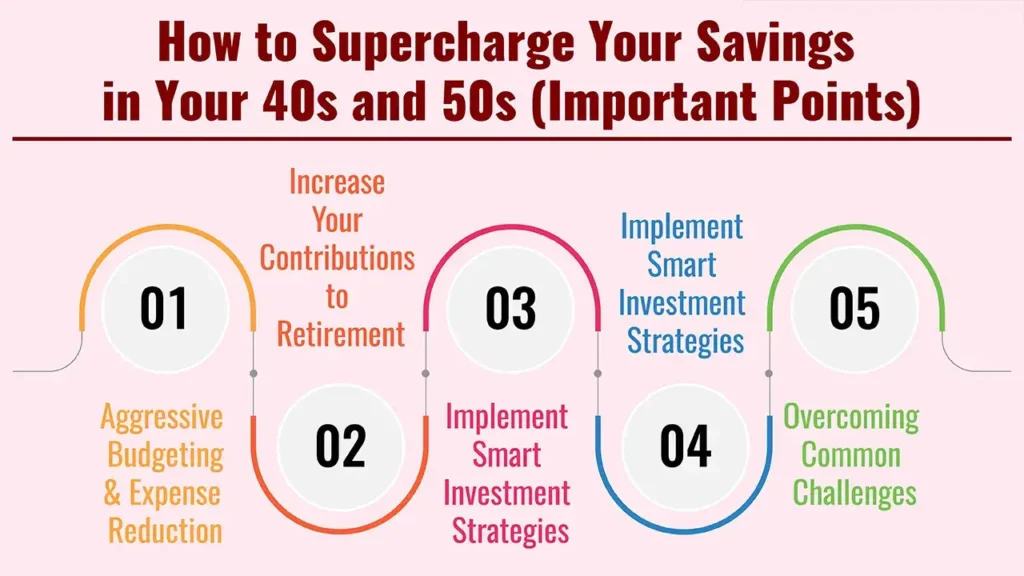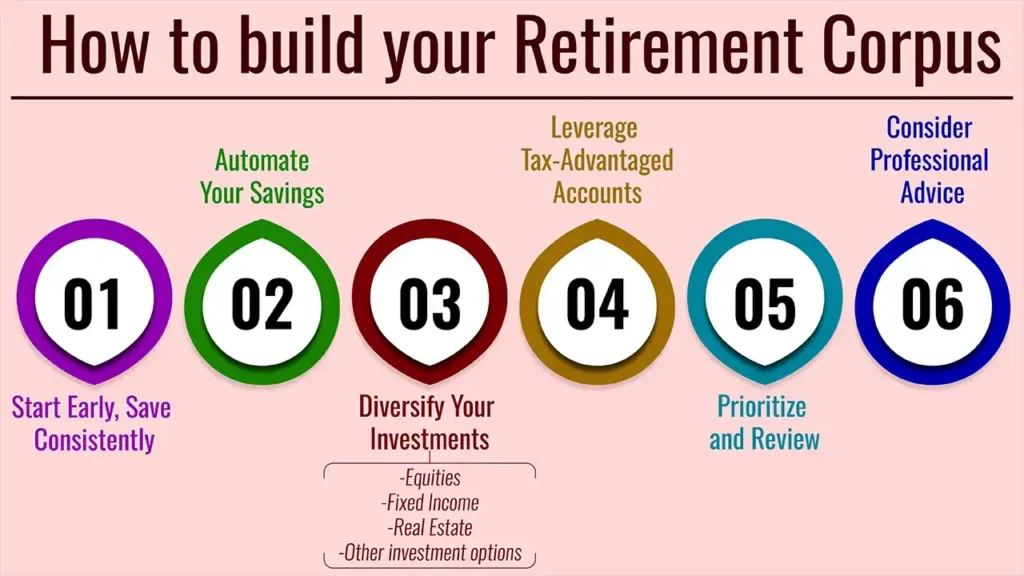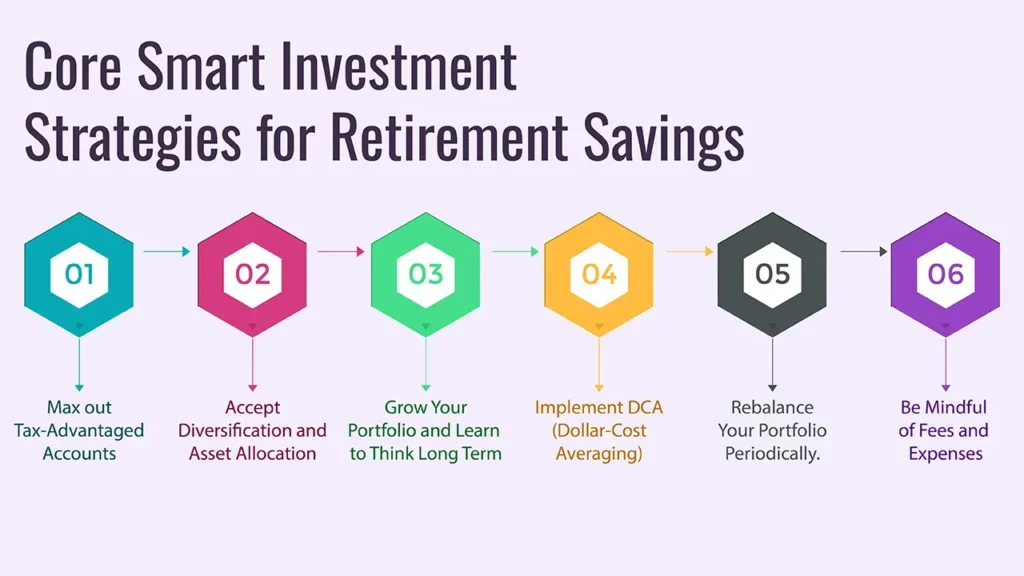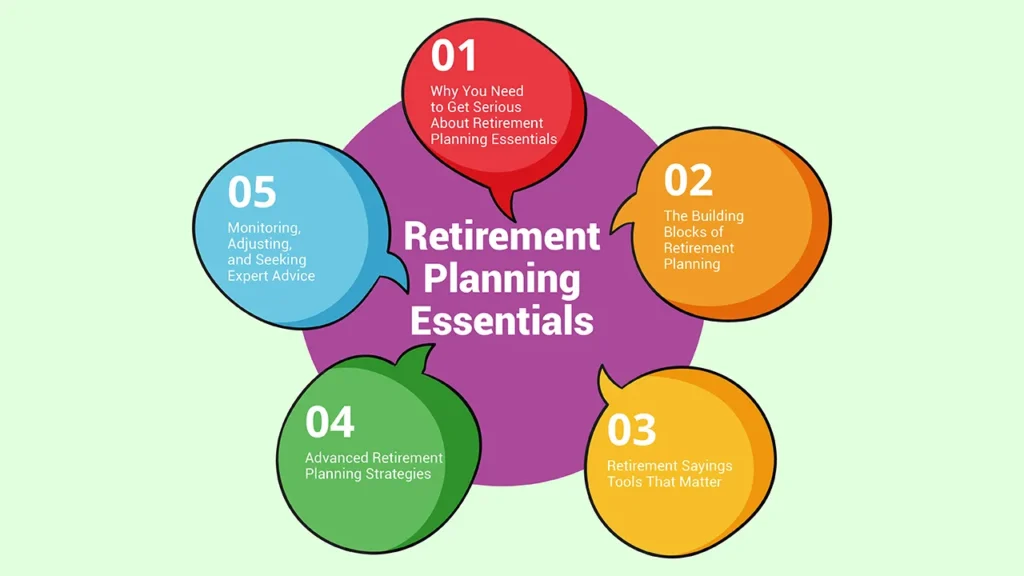A depressing image of young people struggling financially, drowning in debt, and failing to save for retirement is often depicted in headlines. However, what if the narrative is evolving? Despite the stories you hear, an amazing number of young people are actually making some great decisions about saving for retirement.
To reach a wider audience — including policymakers, financial intermediaries and the general public — this article seeks to offer a hopeful, data-driven viewpoint on recent retirement savings trends. We will explain why this is happening, what we are doing and why it is working.
Explore why today’s youth are better at saving for retirement than ever before. Gain insights into their strategies for achieving long-term financial success.
1. The Changing Environment: Dispelling Myths About Retirement Savings
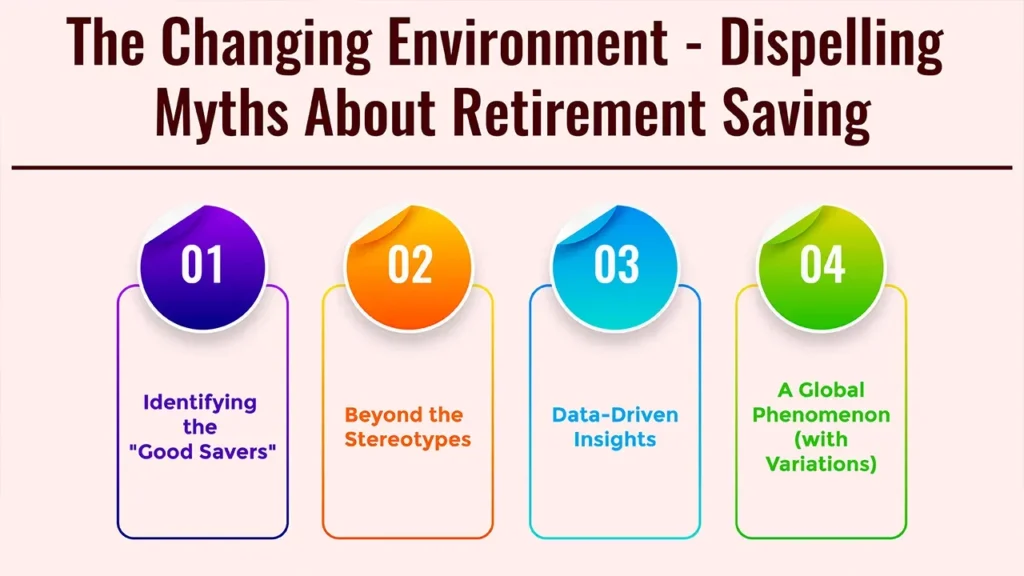
Identifying the “Good Savers”
We’re not going to call out a particular generation, but there are some interesting trends happening among younger workers, specifically late Millennials and Gen Z, that suggest a move away from some of the ways retirement has been approached in the past.
“They are being more active in investing for their future, which is at odds with a lot of the narratives about how they’re buying avocado toast and eating out.”
Beyond the Stereotypes
Most of the negative stereotypes against the younger generation include over spending and complete non planning of finances. Now, new research indicates that such assumptions are out of date. Many young people are getting serious about their financial futures, and, as it turns out, saving for retirement in ways that defy popular stereotypes.
Data-Driven Insights
Recent surveys and research by several financial institutions and retirement plan providers show improved rates of retirement plan participation, higher contribution rates, when expressed as a percentage of pay, in retirement plans, and earlier starts among younger workers in many areas. For example, a study by the Employee Benefit Research Institute (EBRI) showed that younger workers are contributing to employer-provided retirement plans at a much higher rate than they were 10 years ago.
A Global Phenomenon (with Variations)
Despite the positive trend, the strength and the drivers of the trend may differ across nations and economic context. In certain parts of the country, young people face particular challenges, such as expensive living or student debt, which may make saving difficult. But the general move toward higher retirement savings by the young is apparent universally.
2. Key Drivers: What’s Causing This Shift
A number of circumstances are helping prompt this favorable change in retirement saving habits with the young.
Heightened Financial Awareness & Education
Post-Crisis Mindset
Anecdotal evidence also points to many entering the workforce in the wake of tremendous downturns in the economy, including the 2008 financial crisis and COVID-19.
Having experienced these situations, individuals felt more financially insecure and developed a need for stability, leading to having saving for retirement as the priority.
Digital Literacy & Information Access
In today’s digital age, financial information is readily available. Young people have unlimited access to blogs, podcasts, online courses and social media conversations about personal finance. This abundance of knowledge provides them the tools to make financial decisions about their future.
Peer Influence
There is more of a climate for open discussion of goals and strategies with peers. Younger individuals are just more likely to share personal tales of saving and investing, which fosters an encouraging atmosphere facilitating sensible financial conduct.
Early Financial Education
Better educational programs in schools and offered online have educated our young people about good financial decisions. That education shows them the value of saving for retirement at an early age.
3. Technological Enablement
Intuitive Saving & Investing Apps
The growing number of user-friendly apps that automate savings, provide fractional investing and streamline portfolio management has made it easier for young adults to save for retirement. These fintech products deliver convenient features for their financial necessities.
Automated Enrollment & Escalation
Increasing prevalence of workplace retirement plans with auto-enrollment and contribution-escalation take the pain out of saving. Retirement plans are automatically enrolled, with the share of contributions increasing automatically over the length of service without additional action.
Gamification of Finance
Adding gaming features makes saving and investing more interesting and goal-driven” for many apps today. It also teaches discipline and comes with the added bonus of motivating young people to set and work towards financial goals they can enjoy.
4. Changing Workplace Dynamics
Greater Gig Economy & Entrepreneurship
The gig economy and entrepreneurship offer flexibility, but also require self-reliance when it comes to planning for retirement. A lot of people are parking their own retirement savings, the younger workers realizing they will also have to save for their future financial independence.
Demand for Comprehensive Benefits
Workers who are younger frequently want a strong retirement plan and financial wellness programs from an employer. Firms with generous retirement benefits will be better able to recruit and retain skilled workers in such a tight job market.
Previous Experience of Defined Contribution Sponsorship
As fewer of them rely on the traditional economics of defined benefit pensions, younger workers are more and more exposed to defined contribution plans, and the responsibility for saving for retirement is falling squarely on their shoulders. This change promotes the behavior of proactive saving.
5. Evolving Life Priorities & Values
Delayed Milestones
Young adults are increasingly postponing the traditional trappings of adulthood, such as buying homes and starting families. The change can potentially mean more discretionary income to contribute to retirement sooner, making it easier to save for the future.
Concentrate in FIRE (Financial Independence, Retire Early) Movement
Movements like FIRE have gained steam, encouraging aggressive saving and investing from a young age. A lot of people are beginning to think about fire (financial independence, retire early), so young folk are getting a little more serious about saving.
Emphasis on Well-being & Security
Younger generations are paying more attention to long term financial security as part of overall wellness. They know that money matters are one part of their happiness.
6. Strategies Fueling Their Success
The successful savings of these generations may be traced to some particular strategies that help boost their retirement savings.
Aggressive Early Contributions
- Optimizing Employer Match: Young savers focus on contributing to a workplace plan (such as a 401(k), superannuation (Australia), or NPS (India)) in order to receive the full employer match. This manoeuvre could add a substantial amount to their retirement nest-egg.
- “Paying Themselves First”: They automate savings transfers from their paychecks straight into retirement accounts so they save before spending.
- Using Big Raises: Applying much of the raises in pay directly to savings enables young people to beef up their funds for retirement while not being pinched.
Diversified Investment Approaches
- Adopting Low-Cost Index Funds & ETFs: By using diverse, low-fee investment solutions that provide exposure to the market at large, young investors are able to keep costs down and potential returns up.
- Worldwide Diversification: Understanding that young savers should invest globally for growth and risk reduction also enables them to develop strong portfolios.
- Leveraging Tax-Advantaged Accounts: Making the most of contributions to tax-favorable retirement plans (like IRAs, Roth accounts, PPF in India, Pension Schemes) helps in optimizing their saving strategy.
Mindful Spending & Budgeting
- Values-Based Spending: What young savers spend is a factor they consider, many of whom put experiences or values over possessions. This way, they are able to put more money towards saving.
- Smart Debt: By paying off high interest consumer debt first, this will create capital for investing, which will help young people concentrate on retirement savings.
- Technology and Budgeting: Budgeting becomes easy when tech-savvy young savers use budgeting apps to keep track of their expenses and keep them on the financial goals.
7. Remaining Challenges and Future Outlook
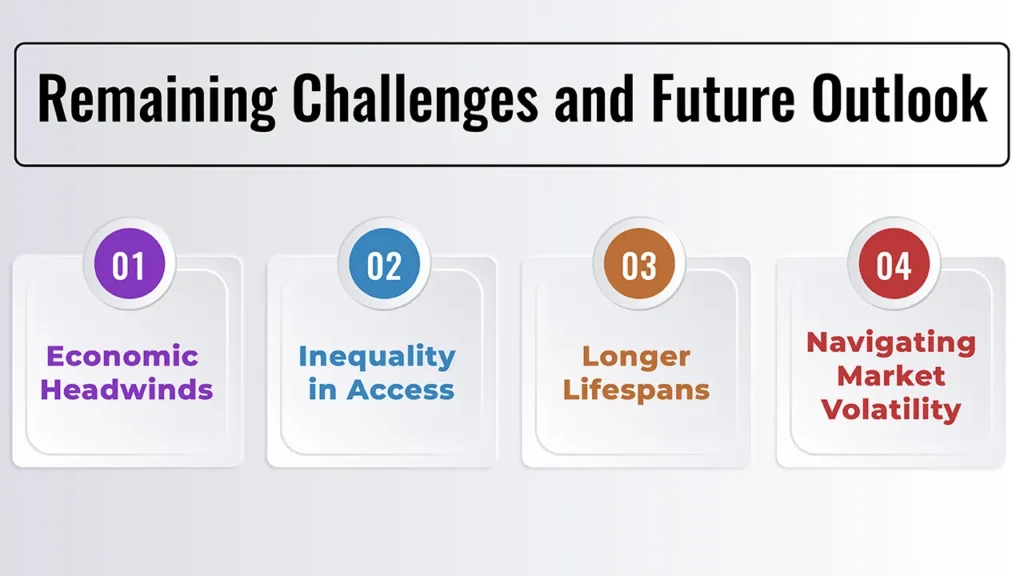
Yes, there are some encouraging trends, but it’s important to recognize the challenges that young savers continue to confront.
Economic Headwinds
Inflation, unaffordable housing and student debt (in certain areas) continue to pose high barriers for a lot of young people. These economic barriers may cast their ability to save effectively for retirement in a different light.
Inequality in Access
Not everyone has an employer who provides access to plans or other resources for financial literacy. This inequity can lead to differences in retirement savings across groups.
Longer Lifespans
The commitment to saving for potentially several decades in retirement (30+ years) means that even good savers still have a big job ahead. Young people need to prepare for the possibility that they will have to live off their retirement savings for decades.
Navigating Market Volatility
Maintaining discipline when markets fall will be important for long term success. Young investors will need to learn to navigate emotional markets and stick to their investment strategy during difficult times.
Nonetheless, the proactive attitude and digital literacy of this generation bodes well for the future of retirement security. Their flexibility, ability to learn and use technology puts these workers in a unique position to create significant long-term wealth.
Conclusion
So, in summary, a large chunk of the younger generation(s) is showing some stellar retirement saving behavior, fueled by increased personal-finance awareness, technology resources, changing priorities and well-targeted investment.
Those trends provide a potent lesson for all generations: disciplined, educated, tech-smart saving can mean a more secure and comfortable retirement. As more young people adopt these saving habits, they are not simply securing their own financial futures but also changing the retirement savings story.
Call to Action
Get your retirement savings off the ground (or keep them moving) today! Discover automated investing tools and more for long-term wealth building!
Frequently Asked Questions
1. Which generation is saving most for retirement right now?
This will be regional, but the late Millennials and Gen Z have made considerable changes to retirement savings behavior, and often improve on participation and contribution levels compared to prior generations.
2. What are potential best retirement savings strategies for young folks?
A proper approach would be maximizing employer matching contributions, automating savings, diversified investment and using tax advantaged accounts.
3. How much should you have saved for retirement by 30?
To the extent that there is a one-size-fits-most guideline, it’s worth aspiring to save at least 15 percent of your annual income for retirement by the time you’re 30, but individual circumstances will differ.


